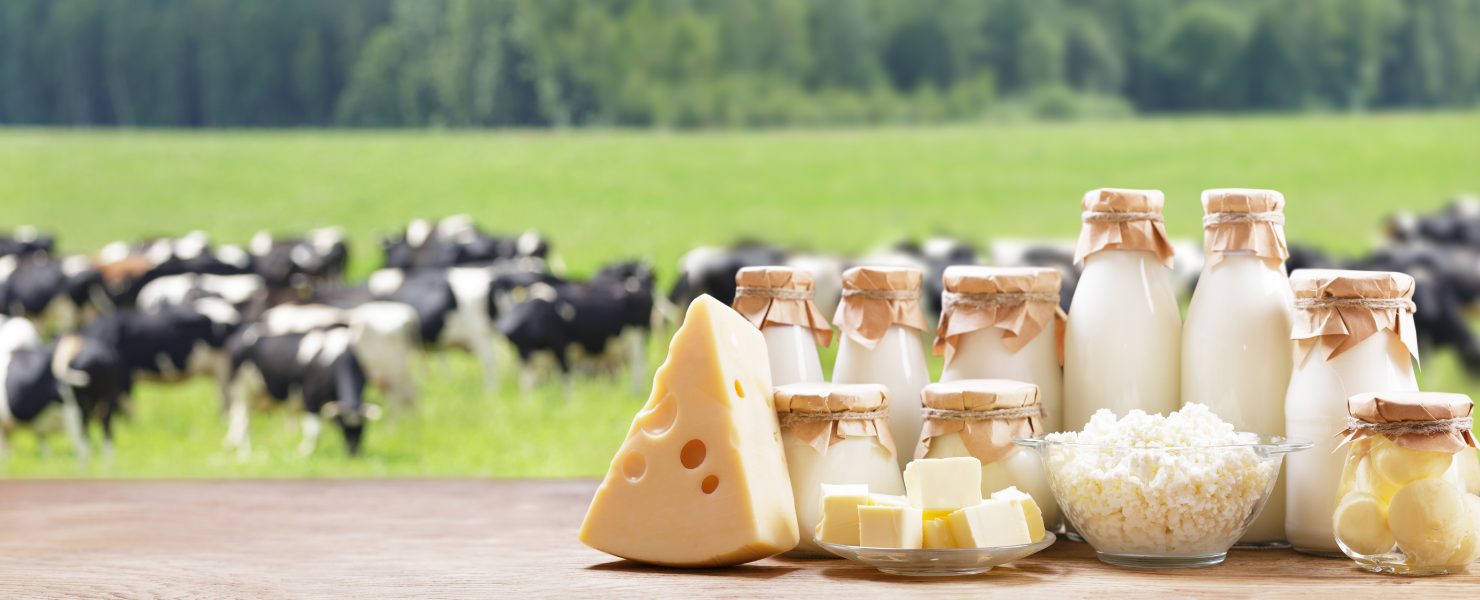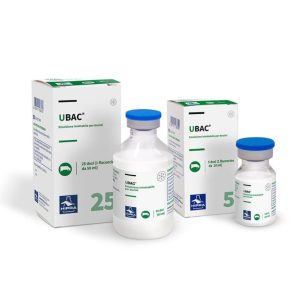
“UBAC®,” is an exciting development in treating mastitis which is likely the largest cost to the New Zealand dairy industry. It was estimated to cost approximately $180 million for the 2005/2006 dairy season (National Mastitis Advisory Committee, 2006). While several factors can influence the costs per cow on an individual farm, Compton and McDougall (2011) estimated the average cost for each case of heifer mastitis, using a deterministic model involving the costs of antibiotics, milk discard, culling at the end of the season and additional labour input, as being $215.
S. uberis is the most common mastitis-causing pathogen found on most New Zealand pasture-based dairy farms at and around calving and during the milking season. It contributes strongly to antibiotic usage and costs associated with mastitis in dairy herds. Current non-antibiotic preventative therapies (internal teat sealants) are effective but time-consuming and labour intensive.

Another non-antibiotic S. uberis prevention tool has just become available to New Zealand dairy farmers. “UBAC®,” the first ever S. uberis vaccine from HIPRA Laboratories (Spain), has just been launched in New Zealand by its NZ distributors and agents Agilis Vet Ltd. Overseas trials have consistently shown the success of UBAC® in reducing the incidence of S. uberis infections by up to 50%, along with reducing milk losses associated with S. uberis infections and lowering cell counts. Vaccinated cows that did still get infected responded to treatment quicker than unvaccinated cows, meaning that, even in infected cows, the use of antibiotics was considerably less.
The New Zealand Veterinary Association has stated as its goal to not need antibiotics for the maintenance of animal health and wellness by 2030. Approximately 85% of antibiotics used on New Zealand dairy farms are used for mastitis control, with about half used as dry cow antibiotics at drying off (Compton and McDougall, 2014).
While it is clear that all mastitis control plans need to include treatment of clinical mastitis for the welfare of dairy cows, it is also clear that mastitis control plans, based solely on treatment, are doomed to failure if the treatment plans do not contain significant control measures to reduce new mastitis infection rates from all sources.
Thus, a new tool in the toolbox to prevent the incidence of S. uberis, such as a successful vaccine like UBAC®, has long been awaited and is an exciting development for veterinarians and farmers alike. Developed with a flexible vaccine regime (with New Zealand’s seasonal production systems in mind), it can be given as a sensitiser shot prior to dry off, then a booster dose at dry off, offering protection during the all-important dry period and peri-calving period. There is then the option of a 3rd shot 21 days after calving to offer season-long protection.
For more information about where this exciting vaccine may fit in your mastitis control programme, talk to your Vetlife veterinarian.
UBAC® is registered pursuant to the ACVM Act 1997 No. A011519.